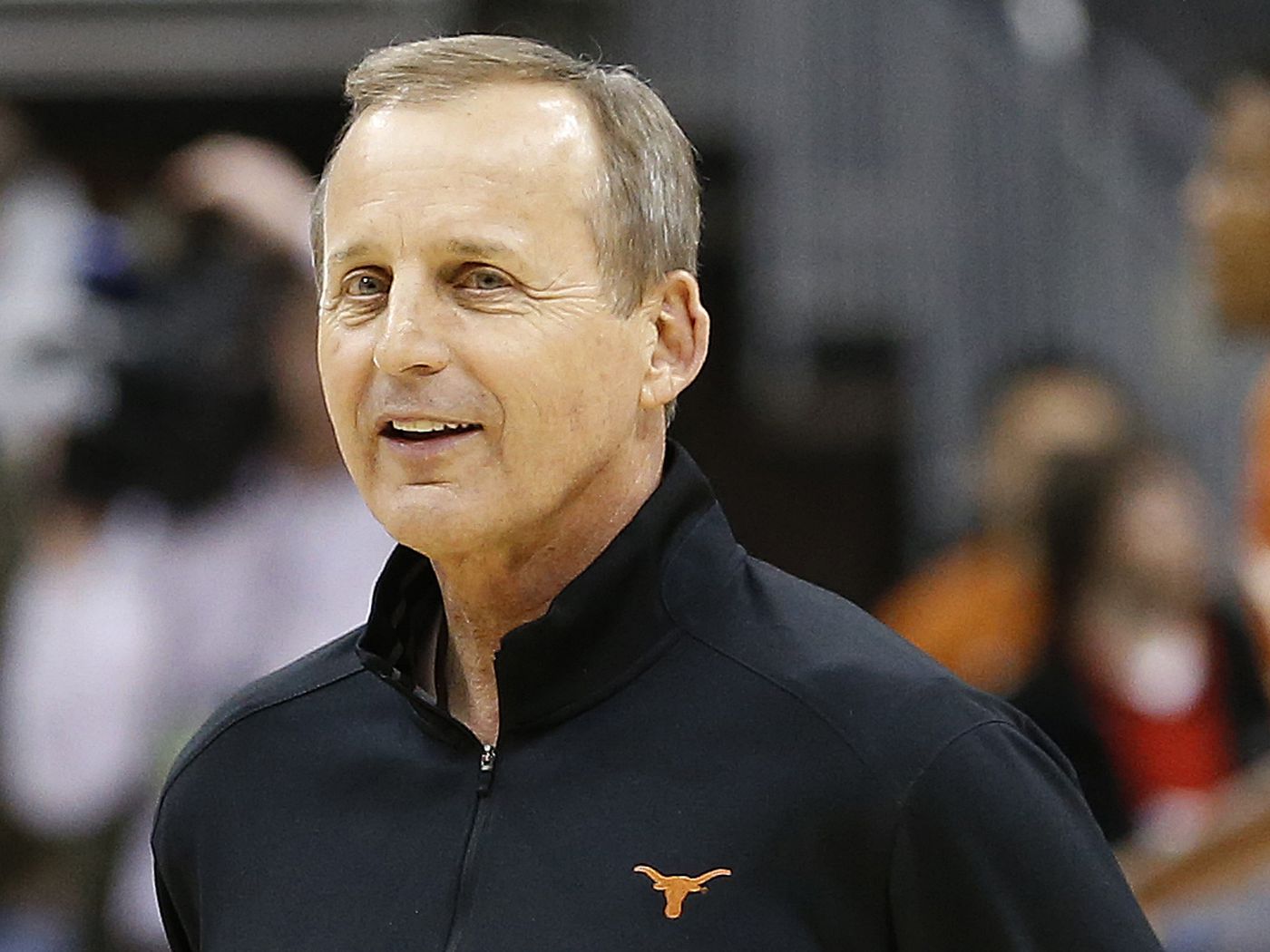The
NCAA's Playing Rules Oversight Panel adopted the "flagrant" term before the 2011-12 season for both men's and women's basketball.
[5] However, the NCAA's women's rules committee abandoned the term "flagrant", effective with the 2017–18 season, in favor of FIBA's "unsportsmanlike" and "disqualifying" terms.
[6] These fouls are counted as personal fouls and
technical fouls.
- A flagrant 1 foul (men's) or unsportsmanlike foul (women's) involves excessive or severe contact during a live ball, including especially when a player "swings an elbow and makes illegal, non-excessive contact with an opponent above the shoulders". This offense includes the former "intentional foul" of fouling an opposing player to prevent an easy breakaway score. In women's basketball only, the unsportsmanlike foul also includes contact dead-ball technical fouls. The penalty for a flagrant 1 or unsportsmanlike foul is two free throws and a throw-in for the opposing team at the out-of-bounds spot nearest the foul.
- A flagrant 2 foul (men's) or disqualifying foul (women's) involves unsportsmanlike conduct that is extreme in nature, including "when a player swings an elbow excessively and makes contact above the shoulders", or excessive or severe contact during a dead ball (men only). Fighting is also a flagrant 2 or disqualifying foul. The penalty for a flagrant 2 or disqualifying foul is immediate ejection of the offender, plus two free throws and a throw-in for the opposing team at the division line opposite the scorer's table.
To my knowledge, the only part of the body residing above the shoulders is the head. As I pointed out before, an
intentional elbow to the head is considered the same as a punch to the face, and THAT would be a flagrant 2. An incidental non-excessive elbow to the head as described above is a flagrant 1, which is what Brady should have gotten.
ETA...and I still don't know what this 'bowing up' is or what it has to do with anything. Is there a rule against 'bowing up'?


